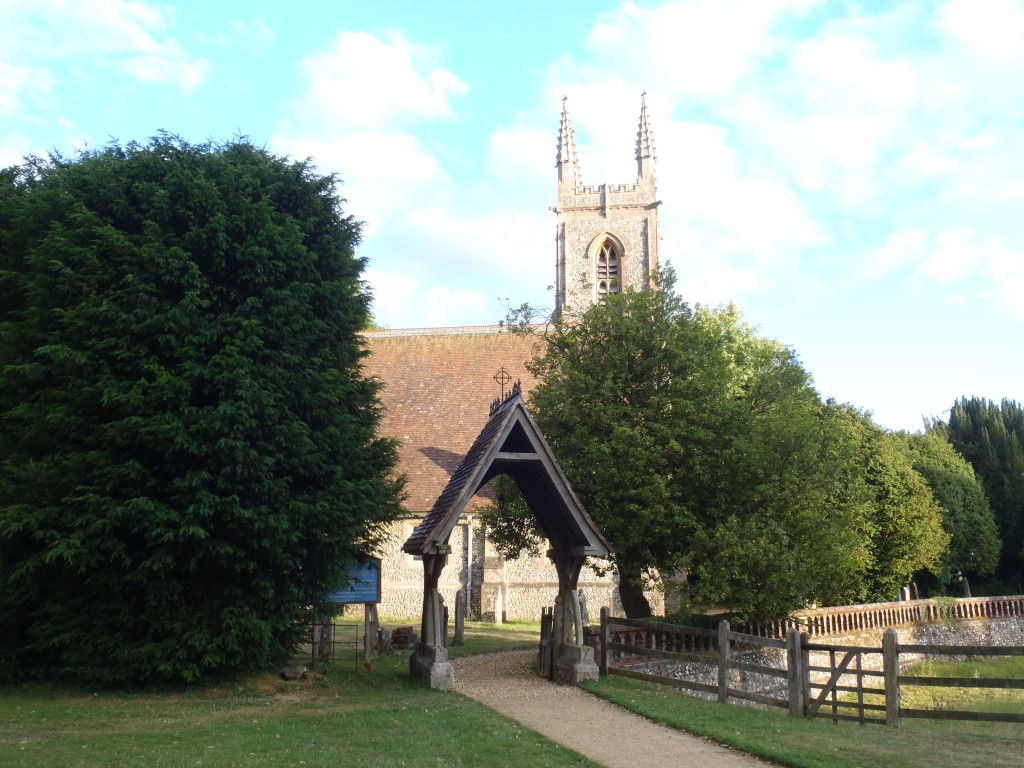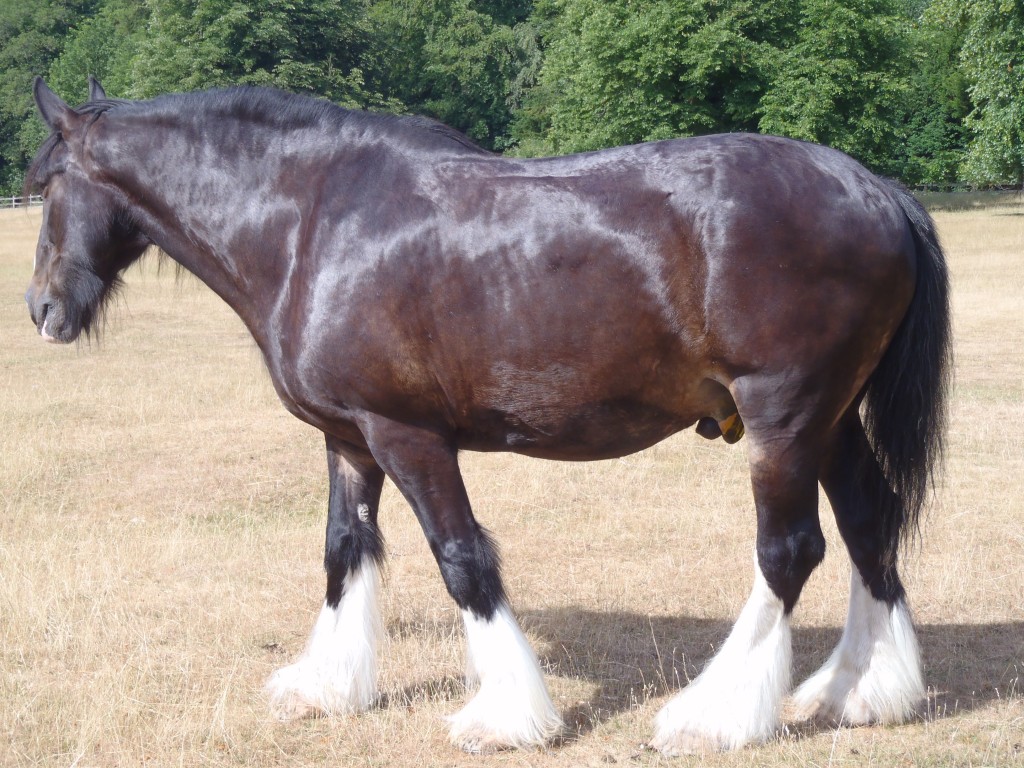Nowadays one takes a Stagecoach bus to journey from Winchester to Alton, and then a footpath to Chawton. But in Jane Austen’s day this sixteen-mile route would have been covered on horseback, or by coach, and one would enter the village of Chawton directly via the old Winchester-London road. The prevalence of horses in that era is still preserved in a handful of pub names all along the way: the Running Horse, the Horse and Groom, the Horse and Hounds, the White Horse, and so forth. As you leave Winchester and plunge into the beautiful Hampshire countryside, you find to this day horses in many fields and villages. In Chawton itself there are horses in paddocks within the village and children taking riding lessons in the afternoons. This is a very lively and congenial aspect of the culture here.
The house in which Jane Austen lived with her mother and sister stands directly beside the old road, which must have brought considerable traffic past their windows. If you continue beyond their house, and up the road to the left, you come to the big manor house that belonged to Jane’s wealthy elder brother, Edward Austen Knight. This is where the Chawton House Library now resides, and will be my home for the next month. As we turn into the drive, the first thing we see is a wide, rolling pasture with many sheep and several gorgeous big shire horses. There is a beautiful little church near the entrance, dedicated to St Nicholas, and containing bells that are rung by a devoted group of ringers on Monday evenings. My accommodations are in the Old Stables, which since Tudor times have sheltered the many horses that would have helped to keep a big estate like this running, and which are now handsomely renovated for the care and feeding of visiting scholars who come to study in the library.
During the days this is a place of intense activity. Scholars here are working on a terrific variety of projects, using the library’s extraordinary collection of women’s writings from the long eighteenth century; midwifery, Romantic novels, nutrition and diet, the music collection of the Austen family. A conference on the history of the English novel unfolds here over two days, groups of visitors arrive for tours of the house, informal study groups form. An exhibition of sculpture throughout the estate’s “wilderness” is installed and people come to view and assess it. A busy staff of librarians, caretakers, gardeners, and horsemen moves constantly through the house and grounds fulfilling its tasks. The place hums with concentrated energy and productivity.
In the evenings things relax. The scholars leave the library and become a group of women who prepare food and drink wine together in the ample kitchen of the Old Stables. You become very aware of the evening sounds: a neighbor playing the pipe organ in his loft, the wood doves chortling, a young family of sparrow hawks cheeping under the eaves, the quiet clopping of the shires’ hooves as they cross the courtyard and come into their barn for the night. A Hamburg Steinway stands in the drawing room, so I contribute my own sounds to the evening chorus. There is surely no place more conducive to cheerful study and reflection than this.
Further Reading: You may learn more about the Chawton House Library and its programs at http://www.chawton.org/index.html



